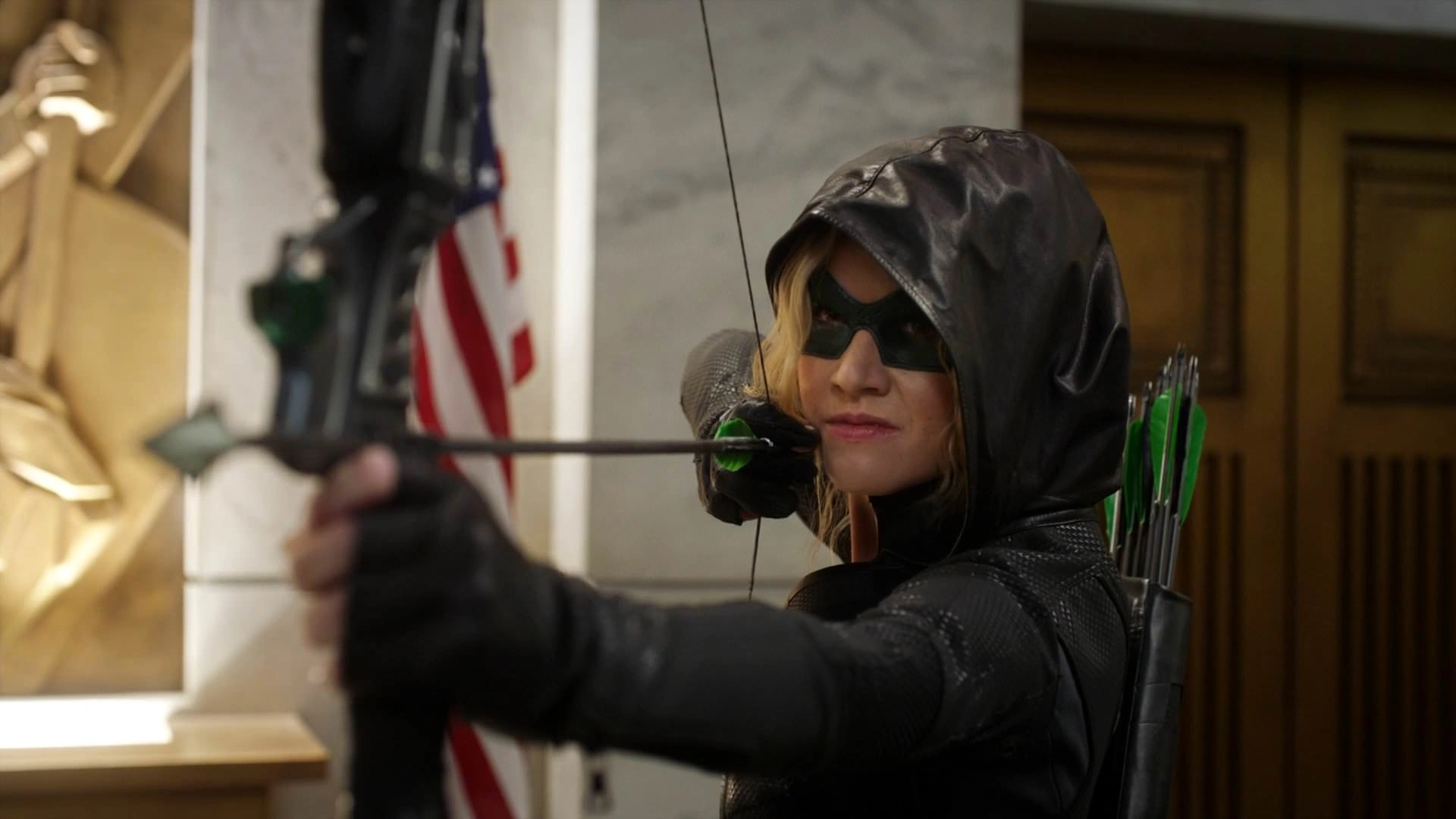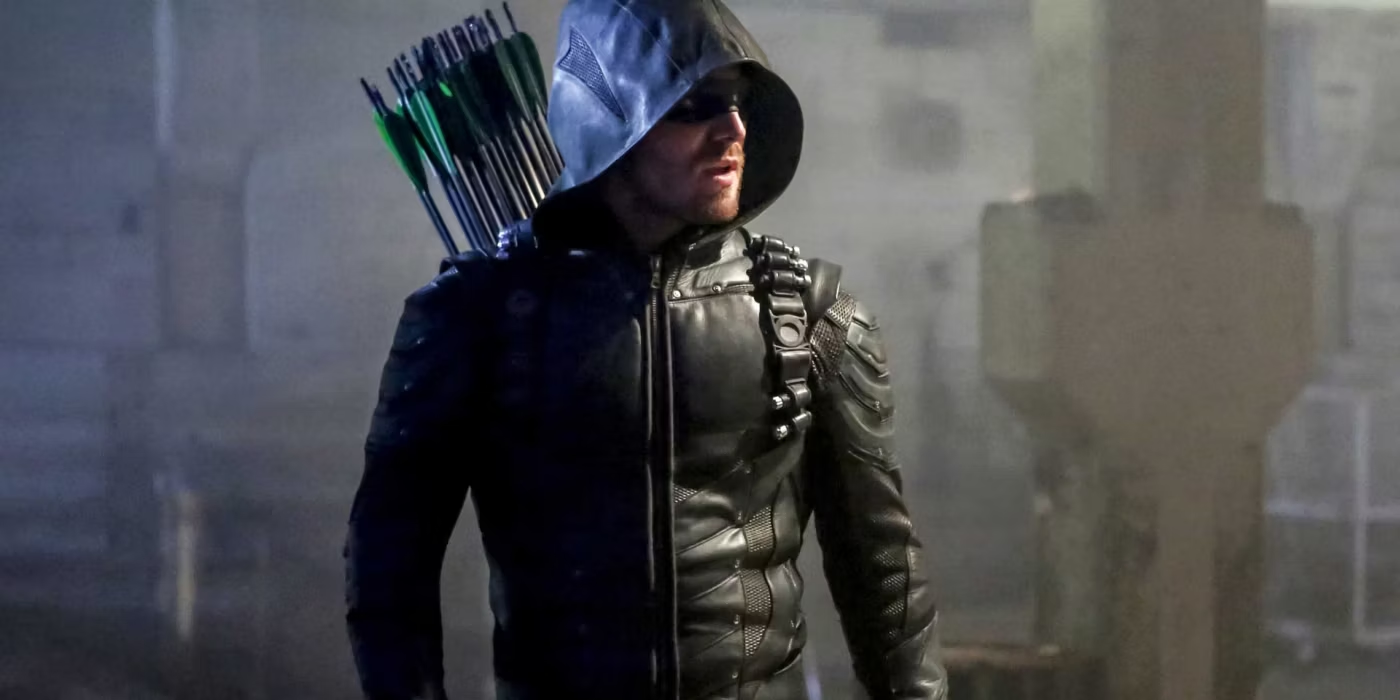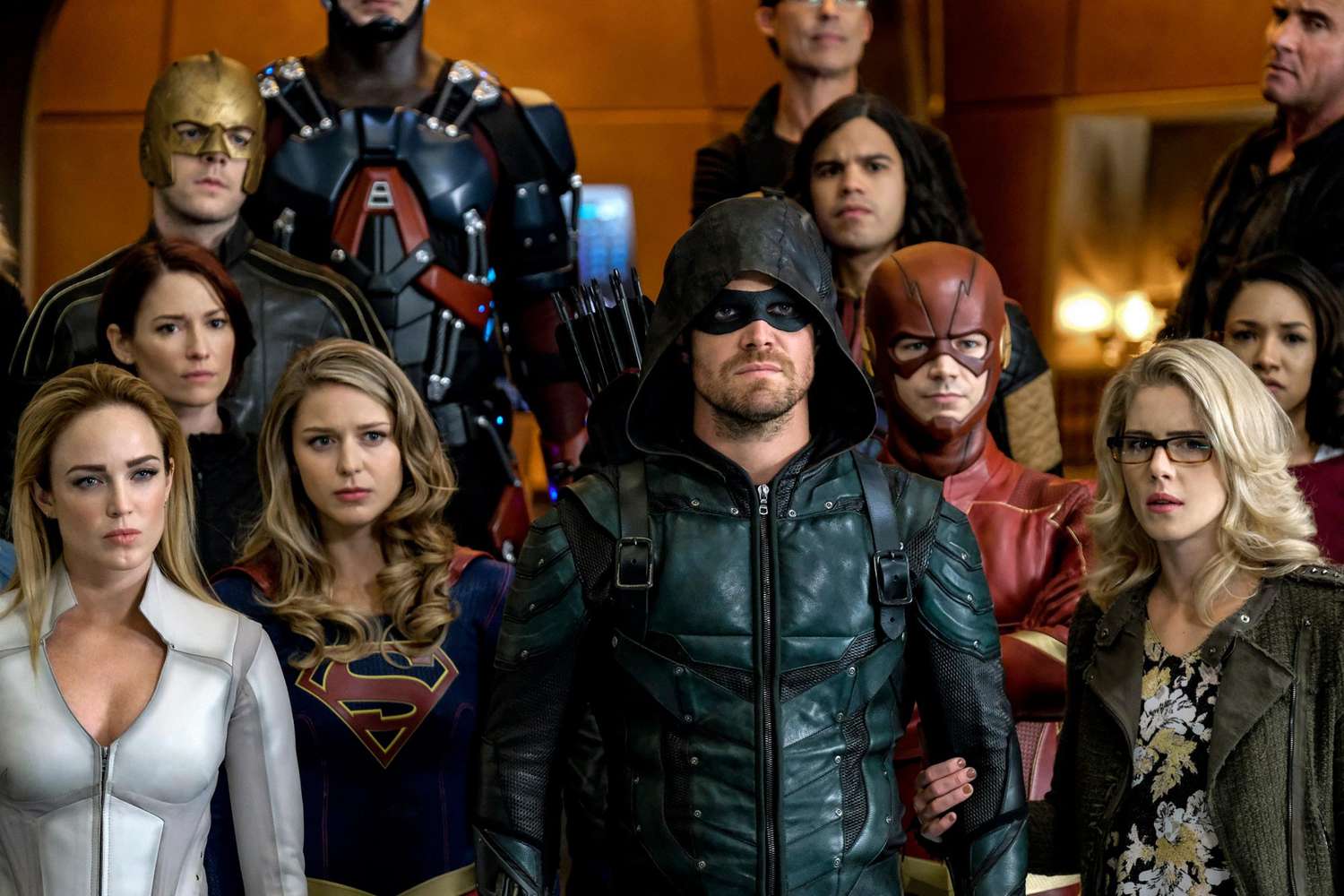When it comes to cinematic experiences that blend style with scare, “The Midnight Meat Train” stands out as a prime example. Released in 2008 and based on Clive Barker’s gripping short story, the film starred Bradley Cooper and Vinnie Jones, the latter known for his role in the CW’s Arrowverse. Despite its selective theater release, which did not exceed 100 screens, Clive Barker had high hopes for the film’s performance, critiquing Lionsgate for its insufficient promotion.
“The magic of cinema is enhanced by watching its nuances on the big screen,” Barker expressed in a poignant MTV News interview in 2008. His disappointment was palpable as he lamented the missed opportunity to showcase the film more broadly in cinemas. “It’s a beautifully stylish, scary movie,” Barker insisted, confident in the film’s potential to eventually become a cult classic—a prediction that has since turned into reality.

A Cult Classic Born from Limited Releases
Despite the initial setbacks in viewership and distribution, “The Midnight Meat Train” found its audience, emerging as a cult classic beloved by fans for its eerie aesthetic and compelling narrative. The film follows a photographer, played by Cooper, who becomes entangled in a dark underworld while tracking a serial killer known as the Subway Butcher. This role showcased Cooper’s versatility and contributed significantly to his rising star in Hollywood.
Barker’s belief in the film’s inherent quality and its destined reach to an audience, regardless of the initial distribution challenges, underscores a recurring theme in the entertainment industry: truly impactful films find their way to their audience, one way or another.

The Cinematic Miss of “Prey” in the Streaming Landscape
Similarly, the 2022 film “Prey,” part of the Predator franchise and directed by Dan Trachtenberg, faced its own set of challenges with distribution. Set in the 1700s and revolving around a Native American woman’s fight against an alien predator, “Prey” was released directly on Hulu, bypassing theaters altogether. This release strategy was part of Disney’s larger goal to boost its streaming platform with high-quality content that promises a “giant cinematic experience,” as Trachtenberg explained in an interview with Uproxx.
Despite the strategic decision favoring digital over theatrical release, fans and critics alike could not help but feel that the film’s lush visuals and intense action sequences would have been best appreciated on the big screen. With a sequel confirmed and in the works, there’s renewed hope that “Prey” might get the cinematic release it deserves, allowing audiences to fully experience its visual and emotional impact as intended.

The Unstoppable Reach of Quality Cinema
Both “The Midnight Meat Train” and “Prey” illustrate a significant shift in how movies are viewed and distributed in the modern era. While streaming platforms offer broader accessibility and convenience, the unique allure of the theatrical experience remains unmatched, especially for films that leverage visual spectacle as part of their narrative charm.
As the industry continues to evolve, the balance between digital and theatrical releases will remain a pivotal aspect of how films are received and remembered. Meanwhile, the journey of these films—from overlooked releases to celebrated cinema—reminds us that quality eventually prevails, finding its way into the hearts of cinephiles around the world.

